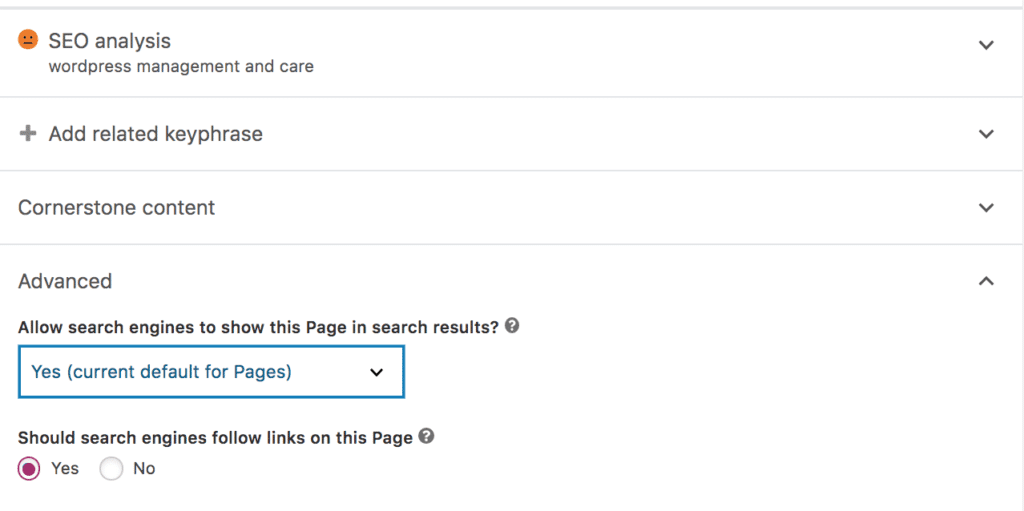How To Avoid Duplicate Content


In this post you're going to find out what a Canonical URL is, why you might need one and how to do it.
What's The Problem With Duplicate Content?
Canonical URL’s are all about duplicate content and Google penalising your website.
If Google considers your site's content to be the duplicate of another, then it may de-index it. This means it won’t turn up in the search engine.
How Could You Create Duplicate Content Without Realising It
It's not that difficult to do and here are a couple of examples...
1. You could create more than one landing page for a product or service. The new landing pages don't appear in the menu structure of your website, but can still be seen by Google.
2. Syndicating your content, by also publishing on websites like LinkedIn or Medium.
This is where you publish the same content from your blog post, or article on your website, onto an online magazine or article site. Even though the sites themselves know the content isn't unique and are ok with that, once again, Google sees duplicate content.
Why Does It Matter?
Here are the main issues...
1. Reduced traffic to your website
LinkedIn and Medium have great ‘site authority’ with Google. What you publish on them will more than likely have a higher rank than the same piece on your own website.
You may not be too concerned if your main goal is to build brand awareness, expand your reach, or find a new audience.
However, there is also this…
2. Google flags your site as having duplicate content, and that's not great.
How To Prevent Duplicate Content When You Control The Website, Page, Or Post
Let’s say you’re creating a landing page which is a duplicate of other landing pages you have on your own website. Or you want to publish the same article on more than one of your own sites.
You control all the content and you’re telling Google what it should ignore.
WordPress lets you do this almost 'out of the box'. You can choose to exclude an entire site, or an individual post or page, from being indexed by the search engines. The image below shows using the Yoast SEO plugin to achieve this for individual posts or pages


How To Prevent Duplicate Content When You Do NOT Control The Other Website
There are some situations where you can use a Canonical URL, or Canonical Tag.
It's a snippet of code, which includes the URL, or location of the original publication. This code tells Google and other search engines which website to credit for origin.
You insert the code into the article before you republish it.
<link rel=“canonical” href=“your original content URL/” />
So, the code to insert for this article would be:
<link rel=“canonical” href="https://stormchasersdigital.com/how-to-avoid-duplicate-content/"/>
The online platform, Medium, makes it easy for you to publish your blog post and avoid duplicate content problems by generating the Canonical URL for you as you upload your article.
However, it's not so clear with the other online giant LinkedIn, which also allows members to upload their articles.
At the time of writing this article, LinkedIn didn't allow you to add a Canonical tag to the article which means that potentially there's a problem with duplicate content. Google has released various statements assuring publishers that they won't face a duplicate content penalisation, but really who knows how this could unfold and affect you in the future.
Final Duplicate Content Thoughts
Using a canonical URL is not a 100% solution, but it is a very very big sticking plaster.
The best way to avoid duplicate content is to repurpose, rather than republish. This also means you write content that resonates with the different audiences.
If you do want to submit your content to Medium, you can do that here.
https://help.medium.com/hc/en-us/articles/213904978-Add-a-draft-or-post-to-publication